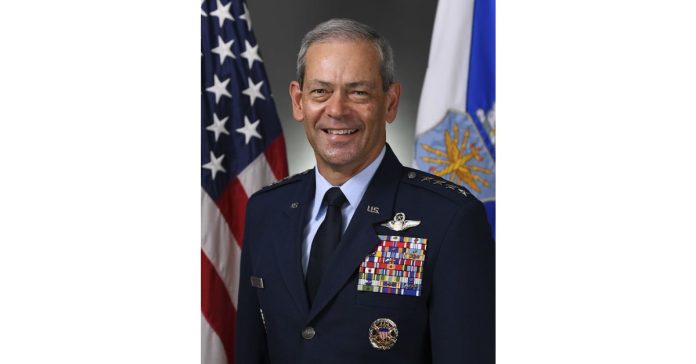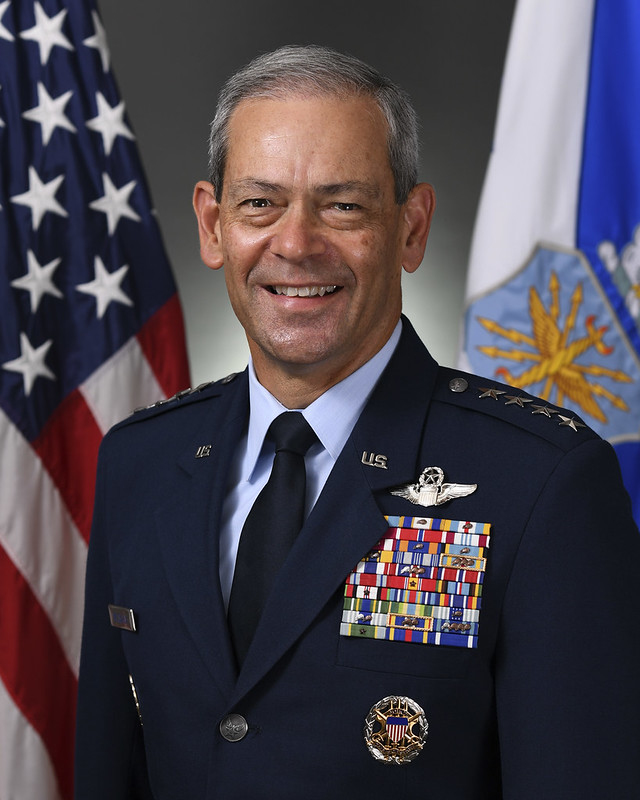
“We must ensure that tomorrow’s Airmen inherit an Air Force that can win,” General Kenneth Wilsbach vowed in his first message as the 24th Chief of Staff of the U.S. Air Force. His words signal not just a change in leadership but a decided move to shake up the service amidst mounting global threats and internal readiness challenges. Wilsbach takes the reins of command at a very critical time. The Air Force is battling with ageing fleets, restricted budgets, and adversaries who are modernising their capabilities at unprecedented speed.
From the Indo-Pacific to the nuclear deterrent, modernisation is no longer optional but a strategic imperative. His agenda blends immediate readiness restoration with aggressive investment in next-generation systems, aiming to balance legacy force sustainment and future combat power. A listicle of the nine top priorities and programs that form Wilsbach’s vision provides insight into how the Air Force will meet these pacing threats with credible deterrence and combat superiority.
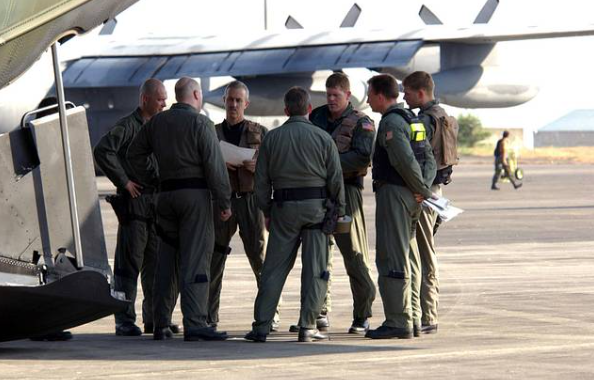
1. Balancing Readiness and Modernisation
According to Wilsbach, the biggest challenge facing the air forces is sustaining legacy systems while investing in future capabilities under tight fiscal constraints. He warns that an imbalance risks hollowing the force and delaying transformation. His approach calls for hard divestment decisions, stable funding, and simultaneous readiness restoration, ensuring aircraft availability, aircrew proficiency, and scalable combat power remain credible measures of the service’s fighting strength.
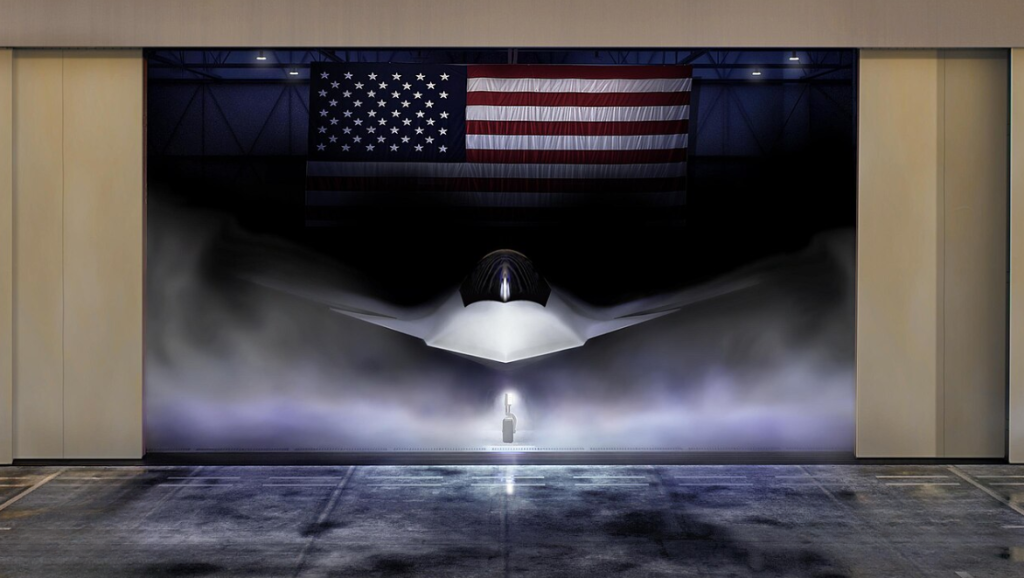
2. Accelerating the F-47 Sixth-Generation Fighter
The F-47, expected to replace the F-22, is now in production, with a planned maiden flight in 2028. With advanced stealth, sensing, and communications, it will be the manned centerpiece of the Next Generation Air Dominance ecosystem. Wilsbach pledges the program will stay within cost, schedule, and performance parameters to provide air superiority against high-end adversaries without the decades-long development cycles of earlier fighter programs.
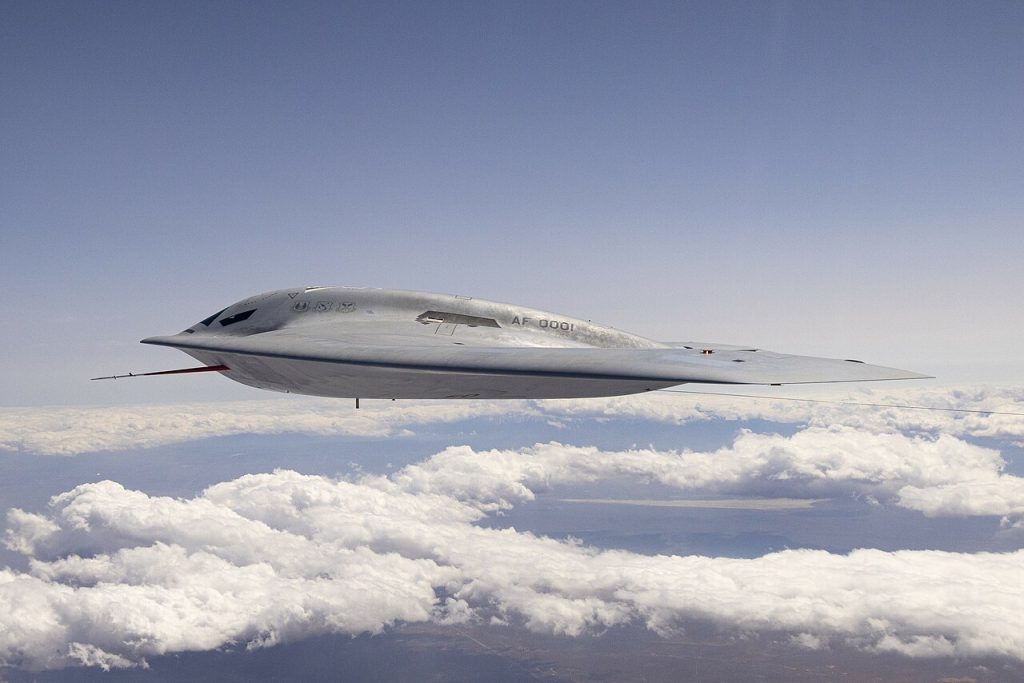
3. Expanding the B-21 Raider Bomber Fleet
The B-21 program, led by Northrop Grumman, has taken possession of its second test aircraft, increasing mission system testing capacity. Wilsbach reports progress toward production while working through the learning curve to ramp up output. As a penetrating strike platform, the B-21 is central to long-range deterrence and will integrate with both stand-in and stand-off capabilities to counter adversary kill chains.

4. Fielding Collaborative Combat Aircraft
The CCA program is moving swiftly, with prototypes such as General Atomics’ YFQ-42A and Anduril’s YFQ-44A. Designed for crewed-uncrewed teaming, CCAs will extend reach, survivability, and lethality at lower cost. Wilsbach describes the program as “foundational” to future readiness, with Increment 1 production decisions expected in fiscal 2026. Gambit 6 illustrates an air-to-surface strike capacity that expands beyond today’s air-to-air focus.
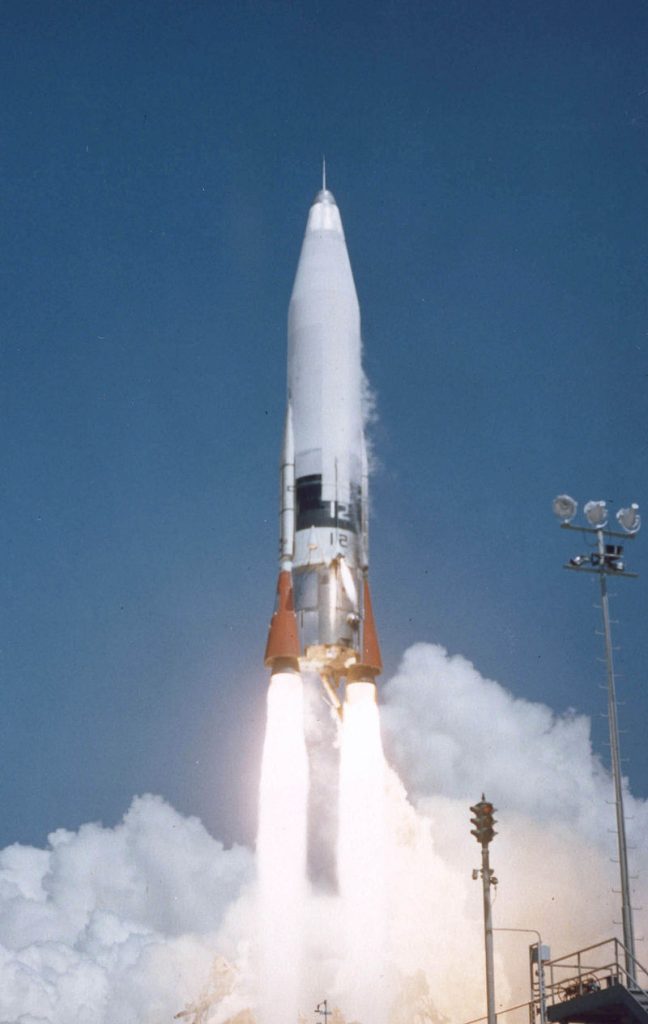
5. ICBM Sentinel Program Revitalisation
The Sentinel program, which replaces Minuteman III missiles, was restructured after breaching projected costs by 81%. Brig. Gen. William Rogers hopes to beat the operational target of 2050 as he starts new silo construction with a view to mitigating concerns about asbestos, lead paint, and structural issues. Most modular designs promise faster builds and lower costs for the silos. New industry partnerships include the Army Corps of Engineers handling infrastructure work.

6. Escaping the Fighter Fleet “Doom Loop”
Years of ageing aircraft, parts shortages, and high sustainment costs have reduced capacity and pilot retention. The Air Force’s 10-year recapitalisation plan would grow the fleet, divest the oldest jets, accelerate F-35 and F-15EX buys, and integrate CCAs as force multipliers. Success depends on reversing the declines in mission-capable rates and securing multi-year funding to give industry the confidence to scale production.
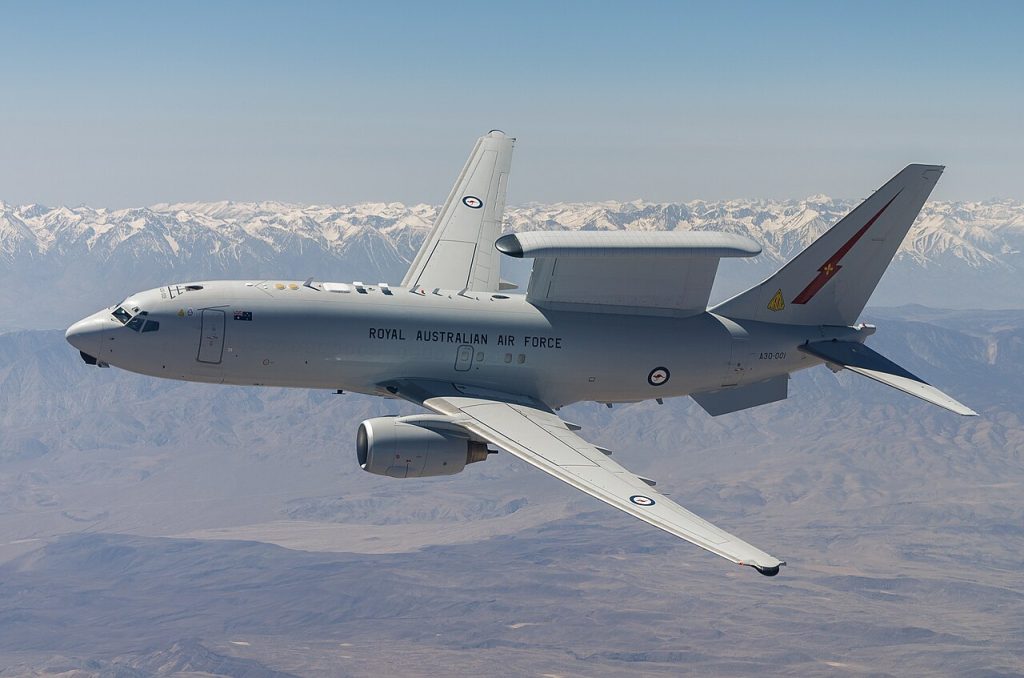
7. Restoring Pilot Proficiency
Average fighter pilot flight hours have dropped to five per month-barely “basic mission capable.” Wilsbach’s readiness reset puts the premium on aircraft availability, maintenance manpower, and spare parts to ramp up proficiency. Retired Gen. Mark Kelly says sensor and electronic warfare upgrades, and the platforms such as E-7 Wedgetail and the AIM-260 missile, are what will allow the fleet to maintain a qualitative edge even with older aircraft.

8. Leveraging Rapid Acquisition Authorities
Congressional Section 804 authorities allow for faster prototyping and testing, shaving over a year off timelines. Programs such as the Advanced Battle Management System show mesh networking across a range of different platforms. AFWERX puts money into hundreds of small projects every year. Wilsbach supports shortening the concept-to-combat cycle, rewarding risk-taking, and using pitch days to secure innovative solutions quickly.

9. Countering High-Tech Adversaries
China and Russia have introduced stealth aircraft, hypersonic weapons, and modernised nuclear systems. Wilsbach’s approach weaves in the long-range kill chain, air base defence, and logistic resiliency to deter such threats and, if needed, defeat them. By orchestrating ecosystems of manned and unmanned assets, the Air Force envisions out-sensing, out-deciding, and out-connecting opponents in contested environments. Gen. Wilsbach’s agenda reflects a dual-track mission: fix today’s readiness shortfalls while building tomorrow’s force.
His priorities span nuclear modernisation, sixth-generation air dominance, unmanned teaming, and industrial revitalization. Whether this transformation proves ultimately successful will hinge on sustained funding, disciplined execution, and the ability of the force to adapt more quickly than America’s rivals. As he says himself, the Air Force must deliver “an Air Force that can win” and the clock is already ticking.
